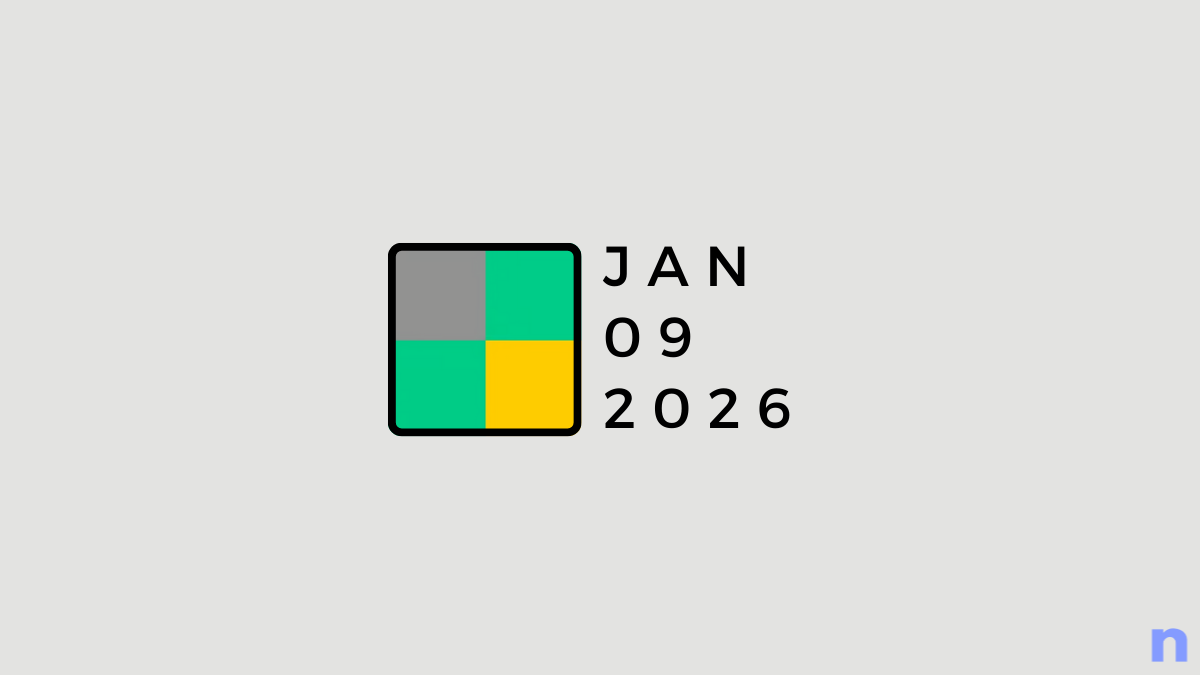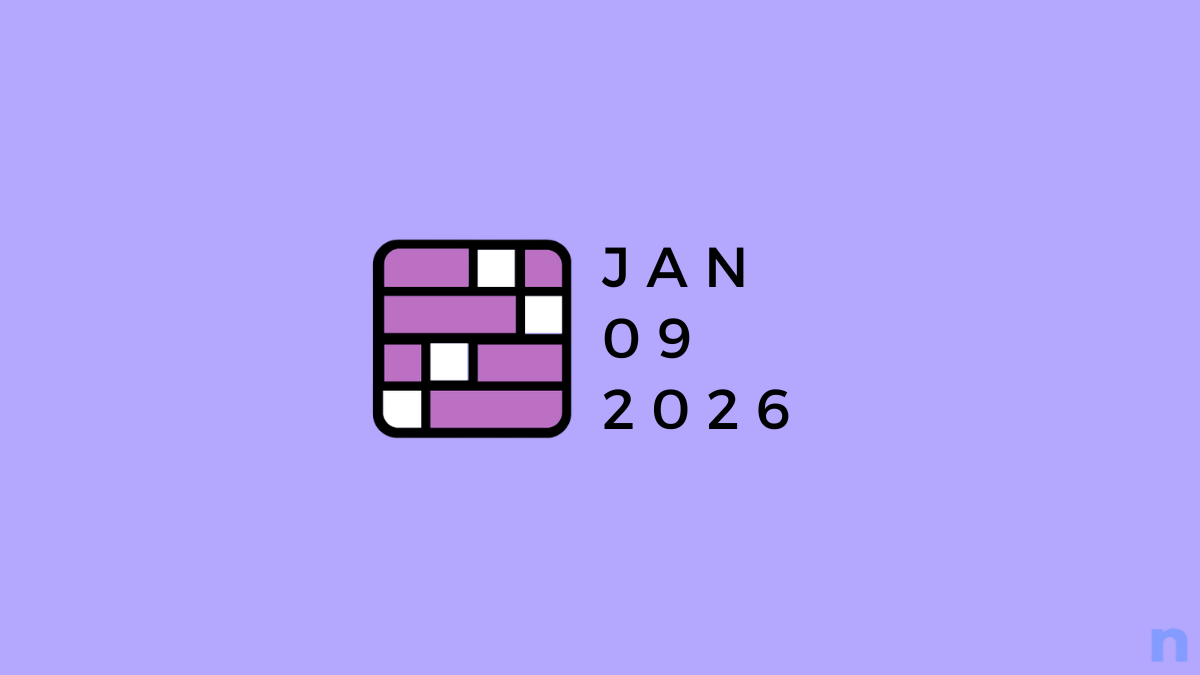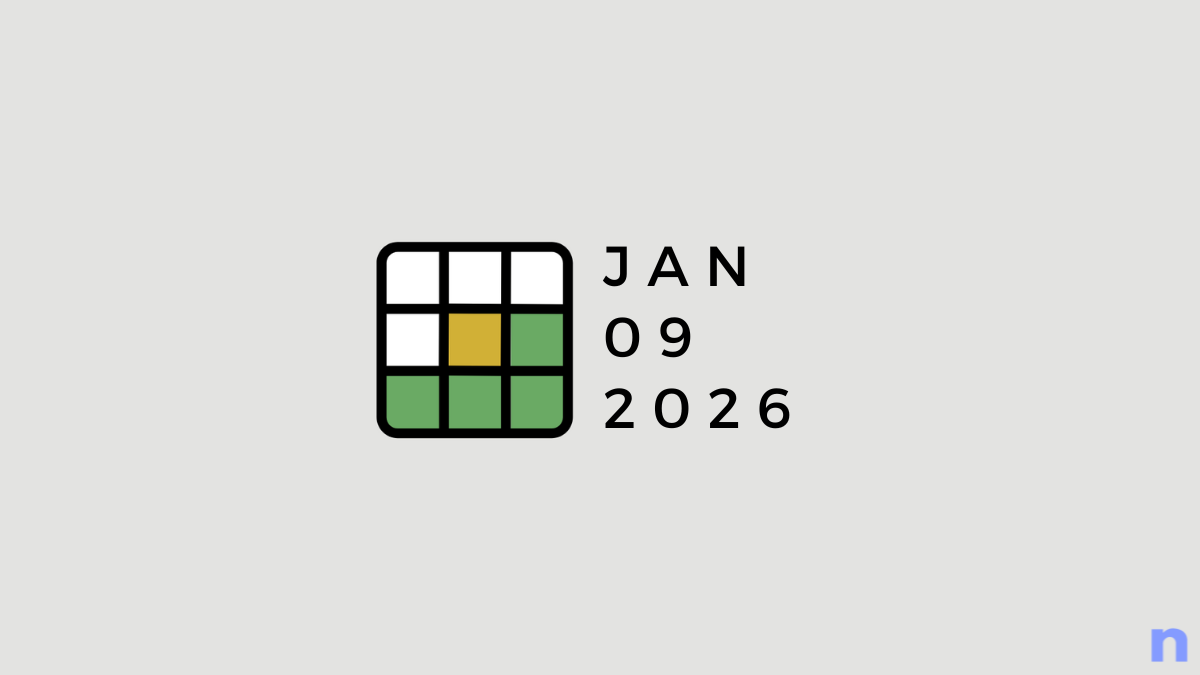The HTC One is yet to be launched in the market and make its way into the hands of customers, yet all the basic hacks – from root to custom recoveries – are already out for the device and doing the rounds. Like always, we’ve got you guys covered and got a guide to help you root your HTC One (whenever you buy one) ready to go. However, for the newcomers, here’s a bit of info on what rooting is exactly.
In the world of Android, rooting is an extremely popular process that many look towards after buying a new Android device, allowing them to gain privileged access to the system and perform operations that would otherwise not be possible and accessible to a normal Android user, similar to desktop operating systems like Linux.
For example, one can remove system apps and bloatware that carriers add to devices, run apps such as file managers or backup apps that require root access, use data connection tethering even if your carrier doesn’t allow it, or even overclock the device’s processor using a custom kernel. Rooting makes all of this possible and more, including allowing one to replace the stock firmware with a custom one.
So if you’re looking to root the HTC One but need a little help, you’ve come to the right place – our all-in-one root guide for the HTC One has easy to understand step-by-step instructions to help you through the rooting procedure.
However, there are a few things you must know before you proceed with rooting your device:
- Rooting requires unlocking the bootloader on the phone, which voids warranty. You’ll be unable to get official support from HTC for repairs or replacement when needed.
- Unlocking the bootloader for rooting will wipe all data on the phone, including personal content on the internal storage such photos, music, videos and other files. You can take a backup of everything though and restore it later on.
- Accepting official over-the-air software upgrades from HTC might cause issues, so you’ll have to refrain from installing any official updates after rooting (and also unlocking the bootloader).
Make sure to read the above points so that you understand the risks of rooting, then continue reading below to find out how to root the HTC One.
Compatibility
The procedure described below is only for the HTC One. Do not try it on any other device.
Warning!
The methods and procedures discussed here are considered risky, so try them out at your own risk, and make sure to read each step carefully before attempting anything. We will not be held responsible if anything goes wrong.
Requirements:
- Take a backup of all the data on your phone. Rooting requires unlocking the bootloader on the phone which wipes everything from the phone and factory resets it. Use our Android Backup Guide for help on how to back up apps and other data, such as contacts, SMS, bookmarks, etc. Then, after you’ve backed personal data up, copy everything off the phone’s storage to a computer.
- NOTE: Backup is optional and you can skip this step if you do not wish to back up anything.
- You’ll need to have the drivers for the phone installed on your computer. Download the HTC Sync Software and install it on your computer, which will install the drivers as well.
Download HTC Sync Manager- NOTE: Skip this step if the HTC Sync software is already installed on your computer.
- Unlock the bootloader on your phone using this guide. Unlocking bootloader wipes all data from the phone so make sure you take a backup as mentioned in step 1.
- NOTE: If you’ve already unlocked the bootloader on your device, you can skip this step.
- Install either CWM recovery by using this guide or TWRP recovery using this guide (it’s recommended to use TWRP recovery as it has some advanced features).
How to Root
- Download the root package, which we’ll install from recovery to obtain root access.
Download Link | Filename: Root HTC One.zip - Copy the root file to the phone’s internal storage. Keep in mind that you need to copy over the file as it is and don’t need to extract it.
- Now we need to boot the phone into recovery. Turn off your phone. Then, boot into HBOOT/bootloader mode by holding down the Volume down + Power buttons together till the screen turns on. Then, press the volume down button a few times till “RECOVERY” is highlighted, then select it using the power button to boot into recovery.
- Now, we’ll install the root file to root the phone. The procedure to install is a bit different for CWM and TWRP recovery, so simply follow the method for the recovery you’ve installed.
- CWM: Select install zip from sdcard, then select choose zip from sdcard. Browse to the Root HTC One.zip file and tap on it to select it. Then, confirm installation by selecting Yes on the next screen.
- TWRP: Select Install, then look for and select the Root HTC One.zip file and tap on it. Then, slide the circle at the bottom to the right to start installing the root file.
- After installation completes, reboot the phone by selecting the reboot system now option in CWM’s recovery’s main menu, or the Reboot system button in TWRP recovery that shows up after installation completes.
- Once your phone boots up, do the following to finalize the root process.
- Install the BusyBox app from the Play Store (install the one by Stephen (Stericson)).
- Now open the app “BusyBox Free” on the phone. Once you open it, you will get a “Superuser request” window, where you must press “Grant” to allow root access to the BusyBox app.
- Close the welcome message, then wait for a few seconds till a message saying “Smart install has finished loading” will show up. Close this message as well.
- Now, click on Install, followed by “Normal Install” to install busybox files, which will take around 2 minutes. These files are required by some apps for proper root access and to perform advanced functions.
- You will get a message box confirming that busybox was installed after the process has finished. Close this message then close the BusyBox app, which you can uninstall now if you want.
- Rooting is now complete. Whenever an app or operation needs root access, you will get a prompt on-screen asking you whether you want to grant or deny superuser access, and you can make the necessary selection to allow or deny root access.
That’s it, your HTC One is now rooted and ready to be used, with access to all the apps and possibilities available via root access at your fingertips. Do let us know if you run into any issues during the procedure, we’ll be glad to help you out the best we can. Enjoy!
Via: XDA


![Solution For Quiz - Where Did the Dragon Hall Deal a Major Blow to the Khitan Navy [Where Winds Meet]](/content/images/2026/01/1-15.png)









Discussion